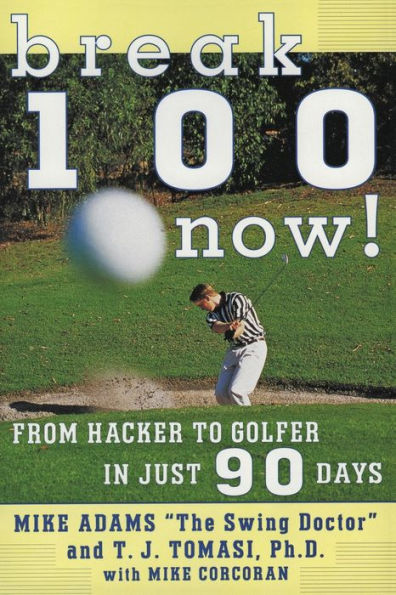Now, for the vast majority of golfers who struggle to shoot below 100 for 18 holes, a practical instruction book...
In Break 100 Now!, renowned "Swing Doctor" Mike Adams provides a sensible, non-technical approach that high handicappers can put to immediate use to lower their golf scores.
Unlike traditional golf instructionals, Break 100 Now! focuses more on the practical and less on mechanics. It stresses simple but proven strategies, such as replacing long irons with easier-to-hit fairway utility woods (4-5-6-7) and forsaking the driver for the more reliable 3-wood — an exchange of only eight yards for accuracy.
Written in clear, straightforward language, this book offers both the beginner and the novice a ninety-day program that enables them to go from hacker to golfer in the shortest time possible. Even experienced golfers can benefit from these invaluable tips and advice.



